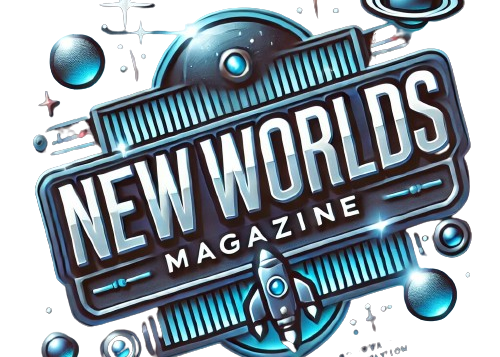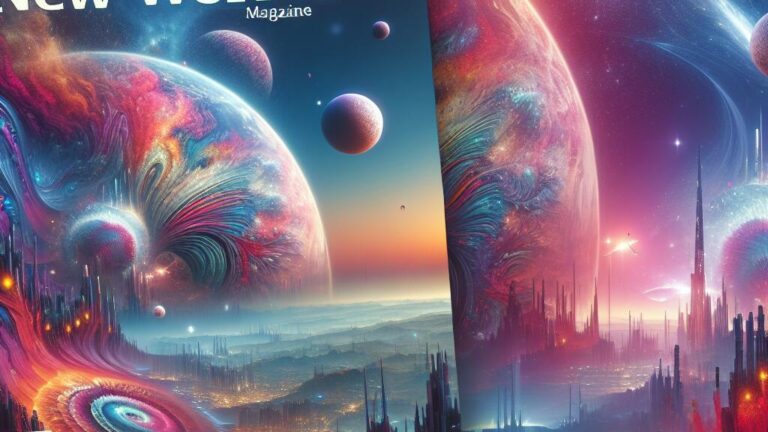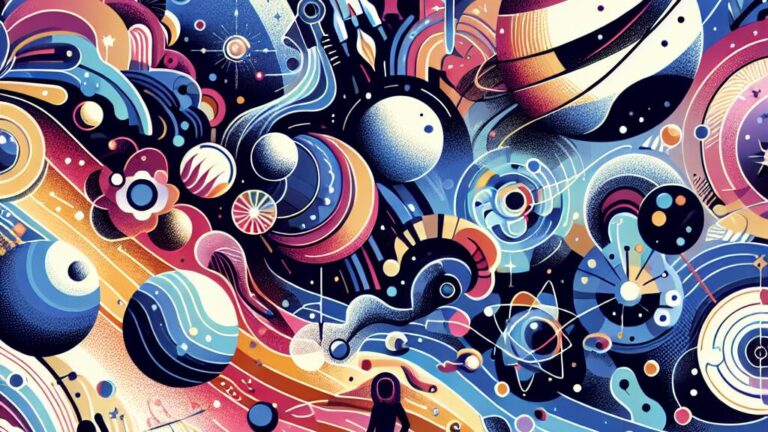Production Design
Production design plays a crucial role in creating the visual world of a film or television show. Authentic and immersive set and costume design can transport viewers to different time periods, locations, or even fantastical worlds. The attention to detail in production design can enhance the overall storytelling experience by creating a believable and captivating environment for the characters to inhabit. From intricate period costumes to meticulously crafted sets, every element contributes to the authenticity and richness of the story being told.
Furthermore, production design can also serve to reinforce the themes and messages of a film or television show. The use of specific colors, textures, and architectural styles can subtly communicate underlying ideas or emotions to the audience. A cohesive and impactful central message can be visually reinforced through the careful selection of props, set decorations, and overall aesthetic of the production design. When done successfully, production design can elevate the storytelling and immerse viewers in a world that feels both visually stunning and thematically resonant.
Authentic and immersive set and costume design
Authenticity and immersion are crucial elements in creating a captivating film or television show. Set and costume design play a significant role in transporting viewers into the world of the story being told. When these aspects are thoughtfully crafted, they can enhance the overall experience for audiences and make the narrative more compelling.
Well-designed sets and costumes not only create a visual feast for the eyes but also help to establish the time period, location, and mood of the story. Attention to detail is key; every prop and costume should be meticulously chosen to reflect the characters’ personalities and the world they inhabit. When done effectively, viewers can feel fully immersed in the story, almost as if they are stepping into a different reality.
Theme
The theme of a film or television show serves as its central message, providing viewers with a deeper understanding of the narrative’s underlying ideas and emotions. A cohesive theme ties together various elements of the production, from character development to plot progression, creating a sense of purpose and unity throughout the story. When exploring a theme, it is essential to look beyond the surface storyline and consider the overarching concepts and motifs that give the piece its resonance and depth.
An impactful theme resonates with audiences long after the credits roll, sparking reflection and discussion about the broader implications of the work. Whether exploring complex social issues, universal truths about the human experience, or personal struggles and triumphs, a well-developed theme can elevate a film or television show from mere entertainment to a thought-provoking and memorable piece of art. By paying attention to the theme of a production, viewers can engage with the work on a deeper level, appreciating the layers of meaning and significance that lie beneath the surface.
Cohesive and impactful central message
When evaluating the quality of a film or television show, one crucial aspect to consider is the coherence and significance of its central message. A cohesive and impactful message can elevate the viewing experience by tying together various elements of the production, creating a more profound and lasting impact on the audience.
Films and television series with a strong central message tend to resonate with viewers long after the credits roll. Whether it’s a message about love, friendship, social justice, or any other topic, the effectiveness of the central theme lies in its ability to resonate with viewers on a personal level, provoke thought, and evoke emotions that linger even after the screen fades to black.
Editing
Editing plays a crucial role in shaping the overall storytelling aspect of a film or television show. It involves the art of selecting, trimming, and piecing together individual shots to create a coherent and engaging narrative flow. A well-edited production should seamlessly transition between scenes, maintain a good pacing that keeps the audience engaged, and effectively convey the intended emotions and messages.
Additionally, skillful editing helps in building tension, creating suspense, and enhancing the overall viewing experience. The timing of cuts, the use of different shot sizes, and the incorporation of visual effects or sound effects all contribute to the effectiveness of the editing process. A proficient editor understands the importance of maintaining continuity, clarity, and visual appeal while ensuring a cohesive and polished final product that resonates with the audience.
Seamless transitions and pacing
Seamless transitions and pacing play a crucial role in the overall viewer experience of a film or television show. When transitions between scenes are executed smoothly, it helps maintain the flow of the story without causing any disruptions or confusion for the audience. Likewise, well-paced storytelling ensures that the plot unfolds at a rhythm that captivates the viewers’ attention and keeps them engaged throughout the narrative.
Effective pacing also allows for the proper development of characters and story arcs, enabling the audience to connect with the on-screen personalities and become emotionally invested in their journey. By carefully orchestrating the speed at which events unfold, filmmakers can create tension, build anticipation, and deliver impactful climactic moments that leave a lasting impression on the viewers. In essence, seamless transitions and pacing are essential elements that contribute to the success of a film or television production.
Directing
Skillful directing is a crucial element in bringing a film or television show to life. A director’s ability to guide actors and translate their creative vision onto the screen can greatly impact the overall quality of the production. Through effective communication and leadership, directors can shape performances, enhance storytelling, and ensure that the intended message resonates with the audience.
Furthermore, a director’s vision and attention to detail can be seen in the way scenes are framed, shot, and edited. Their decisions on camera angles, lighting, and staging play a significant role in creating the mood and atmosphere of a project. A skilled director knows how to balance different elements of filmmaking to deliver a cohesive and engaging narrative that captivates viewers from start to finish.
Skillful guidance of actors and creative vision
The role of a director in film and television productions goes beyond simply handling the technical aspects. A director serves as the facilitator between the script and the audience, translating words on paper into living, breathing characters on screen. It is through the director’s guidance that actors can fully embody their roles and deliver performances that resonate with viewers.
Effective directing is about more than just telling actors where to stand or how to deliver their lines. It involves creating an environment where actors feel comfortable exploring their characters and emotions, allowing for authentic and compelling performances to emerge. A skilled director can extract nuanced and layered performances from actors, bringing out the subtleties and complexities of a character that enrich the overall narrative. The ability to guide actors with sensitivity and insight is a hallmark of exceptional directing in the world of film and television.
FAQS
What is the importance of production design in film and television?
Production design plays a crucial role in creating the visual atmosphere of a film or television show, including set design, costumes, props, and overall aesthetics.
How does authentic and immersive set and costume design enhance the viewing experience?
Authentic and immersive set and costume design can transport viewers into the world of the story, making the experience more engaging and believable.
Why is the theme of a film or television show important?
The theme provides the central message or underlying idea of the story, giving it depth and meaning for the audience to interpret and connect with.
What makes seamless transitions and pacing important in editing?
Seamless transitions and pacing in editing help maintain the flow of the story, keeping viewers engaged and preventing distractions from the narrative.
What role does directing play in film and television production?
Directing involves guiding actors to deliver compelling performances and executing a creative vision that brings the story to life on screen.







